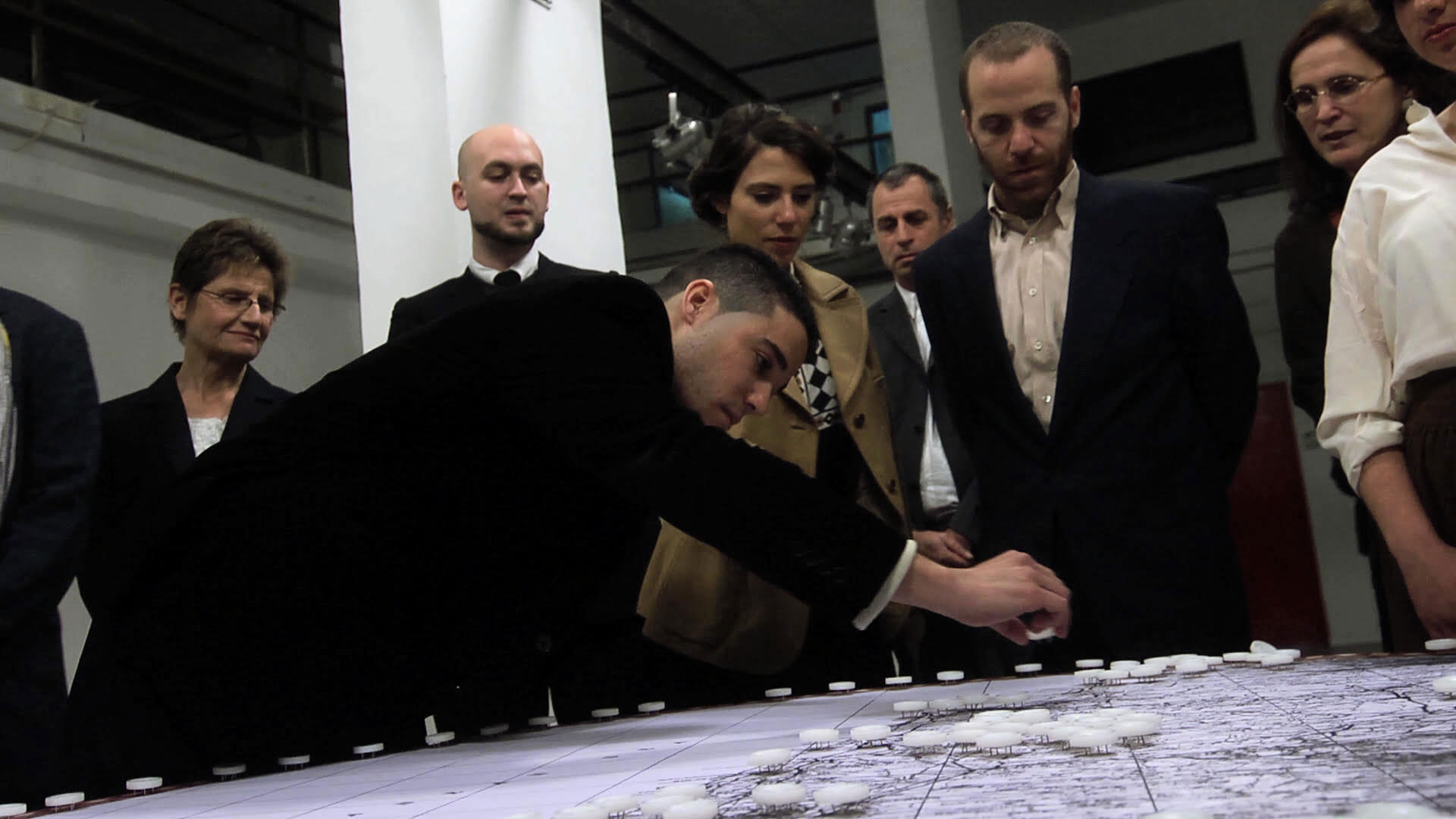Alex Gourevitch, “A Radical Defense of the Right to Strike,” Jacobin, July 12, 2018 →.
See Anthony Cuthbertson, “Amazon Workers ‘Refuse’ to Build Tech for US Immigration, Warning Jeff Bezos of IBM’s Nazi Legacy,” Independent, June 22, 2018 →.
On strikes within the world of art, see Yates McKee, Strike Art: Contemporary Art and the Post-Occupy Condition (Verso, 2016); Kuba Szreder, “Productive Withdrawals: Art Strikes, Art Worlds, and Art as a Practice of Freedom,” e-flux journal no. 87 (December, 2017) →; “Alternative Economies Working Group,” Arts and Labor →; and Gulf Labor Artists Coalition →.
See the BBC film Bankers Guide to Art (2016), in which art is presented as an exceptionally stable asset, worthy of investment →.
Saidiya Hartman, “Venus in Two Acts,” Small Axe: A Caribbean Journal of Criticism 12, no. 2 (2008): 9–10.
Eve Tuck and C. Ree, “Glossary of Haunting,” in Handbook of Autoethnography, eds. Stacey Holman Jones, Tony E. Adams, and Carolyn Ellis (Routledge, 2013), 643.
Tuck and Ree, “Glossary of Haunting,” 643.
This text is an excerpt from Potential History: Unlearning Imperialism by Ariella Aïsha Azoulay, published this month by Verso Books.
